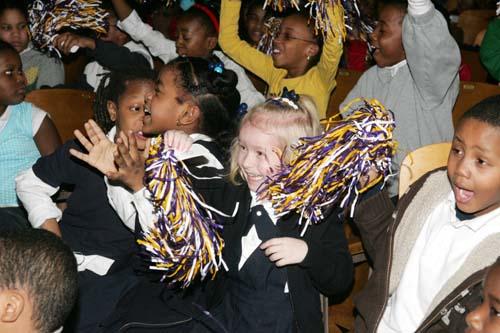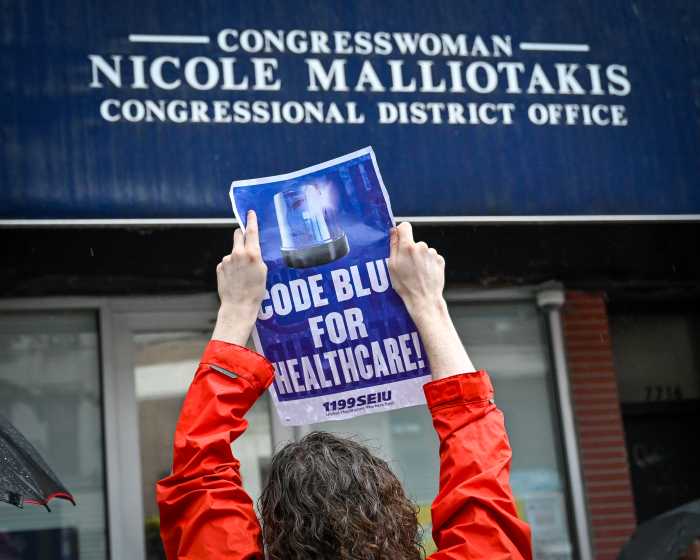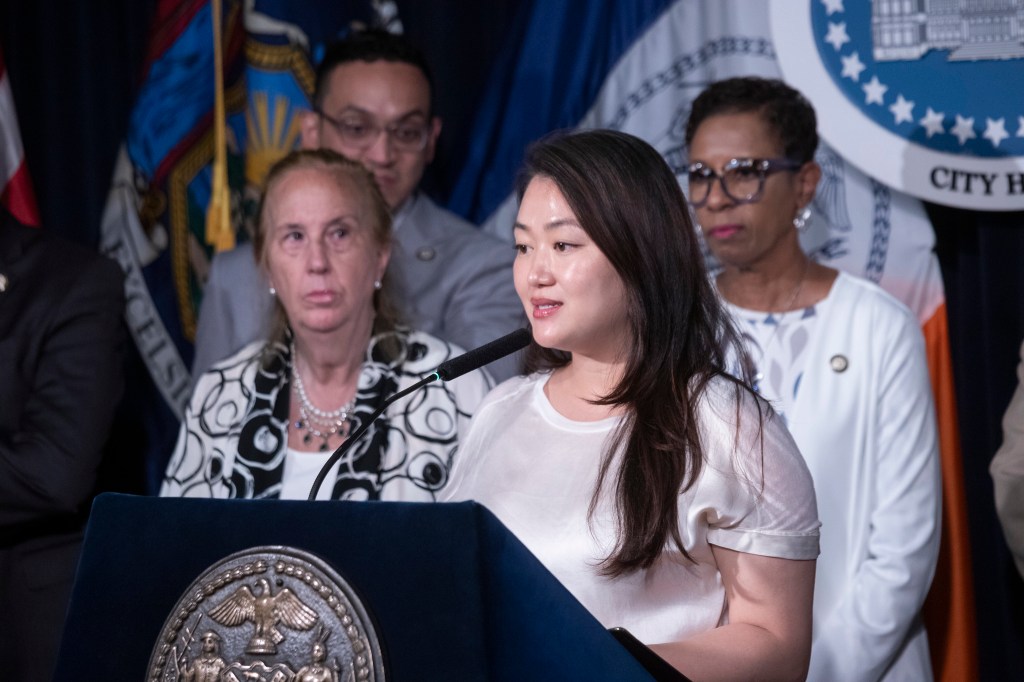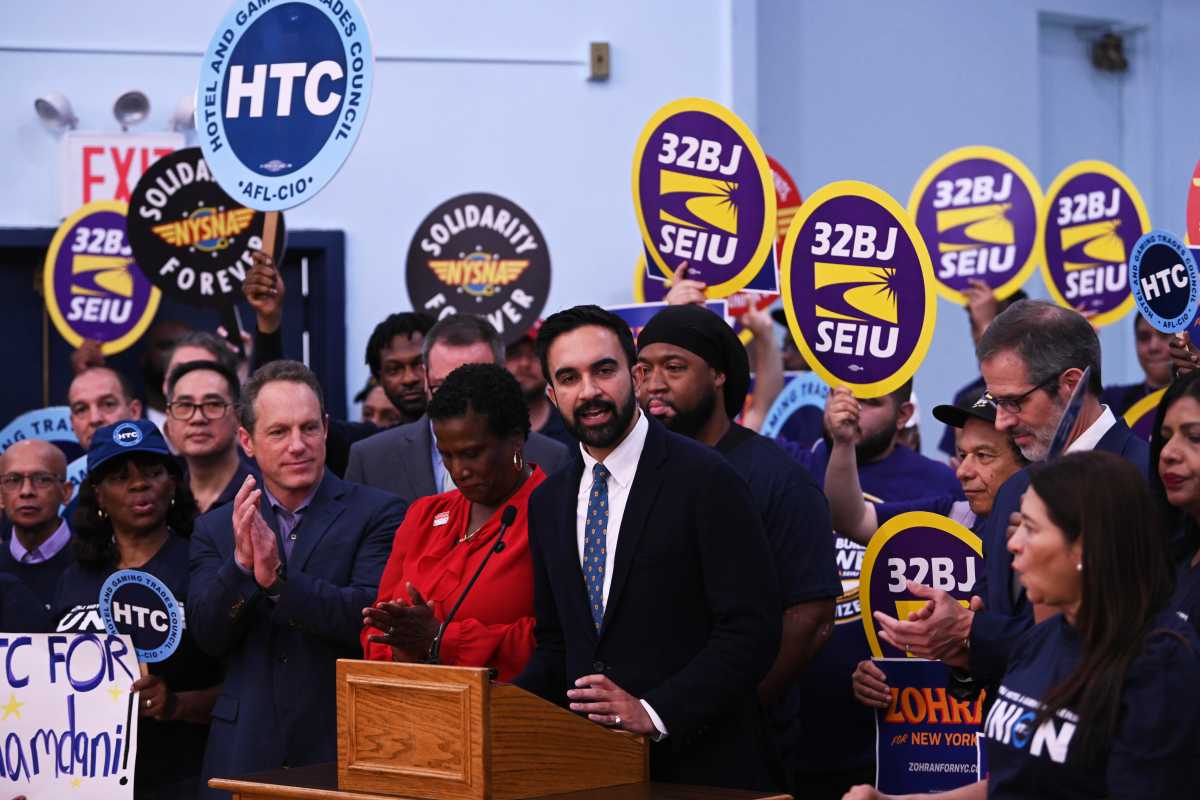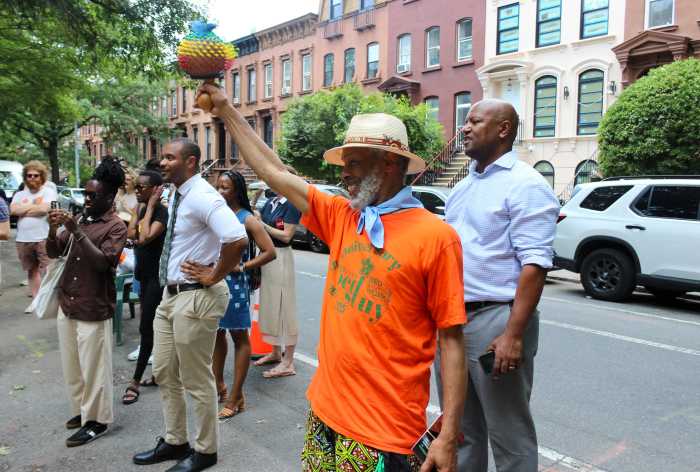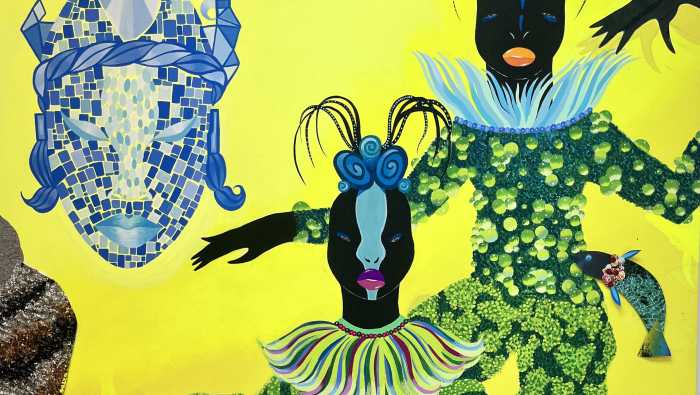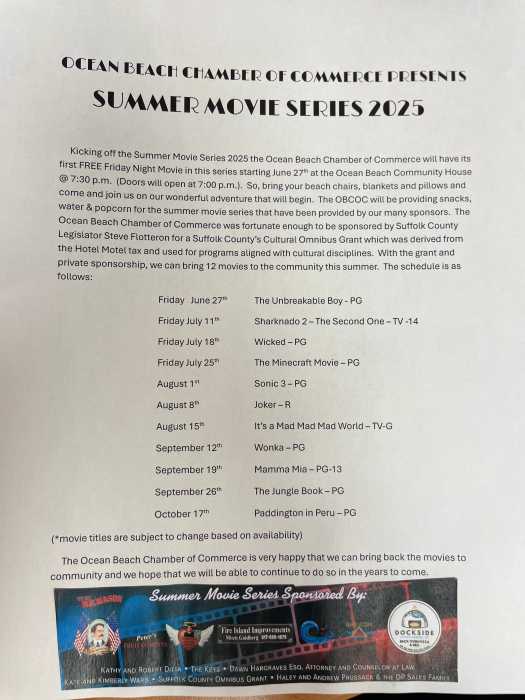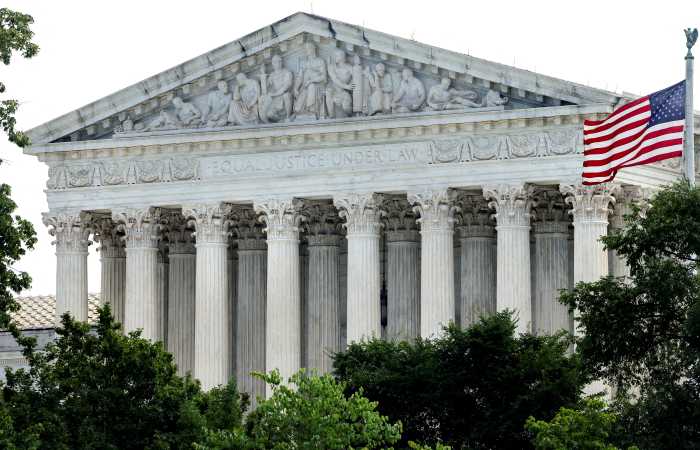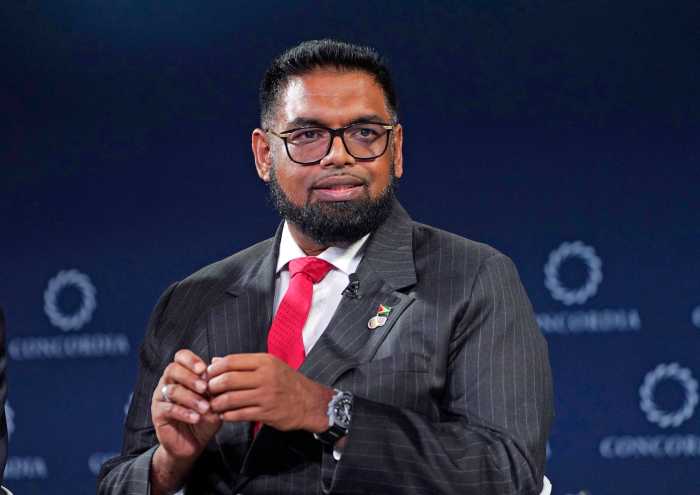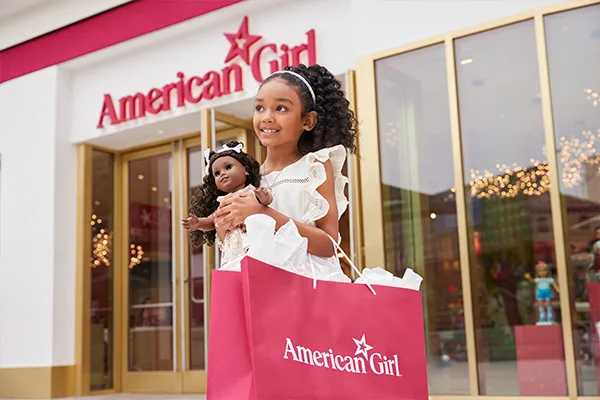It was undoubtedly considerably warmer in the auditorium at Public School 315 than on the National Mall in Washington, D.C., but silence descended there, too, as the solemnity of the moment – the inauguration of Barack Hussein Obama as the 44th president of the United States – made itself felt to some of this country’s youngest residents.
Indeed, the students, like their elders, reveled in the moment, as the United States’ first African-American president took the oath of office, his hand firmly atop the Lincoln Bible, just after noon on January 20th, when time — one could almost say — stood still, even if for just a little while.
At moments, the students’ concentration was fierce, watching Obama, now smiling, now gazing off into the distance at an unseeable future, broadcast on a large screen at the front of the auditorium.
While they may not have recognized all the player’s on the nation’s stage – Senator Dianne Feinstein, who served as MC; Supreme Court Justice John Paul Stevens, who administered the oath of office to Vice President Joseph Biden; the Reverend Joseph Lowery, a hero of the civil rights movement, who gave the benediction — they clearly recognized that the day was a watershed. The United States of America, and, just possibly, the world, would never be the same again. As Feinstein noted, “Future generations will mark this morning as a turning point for real and necessary change in our nation.”
Thus, cheers and sustained applause rocked the room when Obama was introduced, when he swore the oath of office, and when he addressed the nation for the first time as president of the United States. “On this day, we gather because we have chosen hope over fear, unity of purpose over conflict and discord,” he urged, while yet reminding the millions who listened that the way forward would be fraught with difficulties.
“Starting today,” Obama contended, “we must pick ourselves up, dust ourselves off, and begin again the work of remaking America.”
That work was already on view in the classrooms of the old school at Glenwood Road and East 23rd Street.
In Doriel Larrier’s kindergarten class, students gathered on the rug to discuss the momentous event they had just witnessed.
The observations ranged from the concrete to the abstract. “I think he’s going to live in the White House,” said one child. “I think they’re going to have a puppy,” said another. “He can talk to the world about doing things better,” said a third, with various voices articulating the hopes and dreams of the youngest generation.
“I was thinking that Obama would make the world gooder so he could protect anyone who needs help,” volunteered one boy.
He will be the president of everybody, they agreed. Can we do it?, asked Larrier. “Yes, we can,” the students responded with one voice. “Yes, we can.”
The fifth grade students in Lorna Bacchus’ class expressed joy and excitement over the day’s events. “When he came out,” noted Taya, “I was proud of him as the first African-American president. This makes a lot of people part of history.”
“It really doesn’t matter if you’re black or white,” added Ashe. “You can’t let people tell you that you can’t make it because if you put your eye on the goal you can achieve whatever you want.”
Katheryn echoed Obama’s words. “Now that he’s taken the position of president, maybe the nation’s citizens can realize that we’re not a red or blue America,” she offered. “We’re the United States of America.”
“It was a historic moment,” agreed Maya. “When our children’s children open their textbook, Obama is going to be in it. It was good to watch because, later on, we can tell stories about what we did and what we saw.”
The day fulfilled the dream articulated by Dr.. Martin Luther King, Jr., added Kimoi. “He knew this day was going to come. Now, it’s no longer a dream. We live in the dream.”


